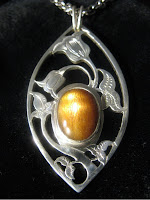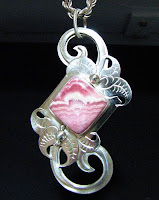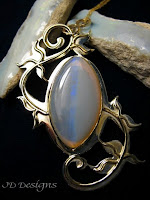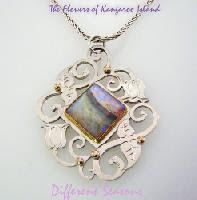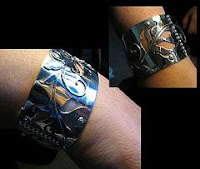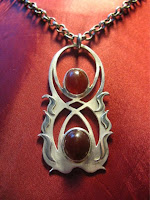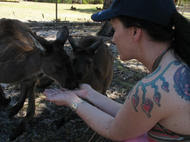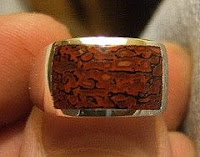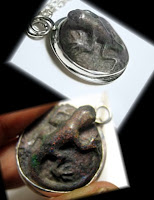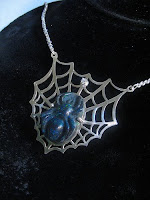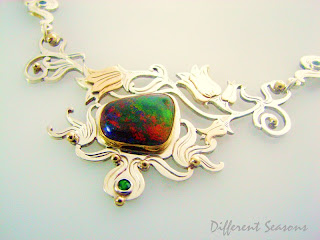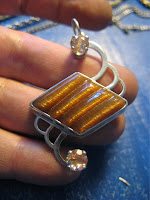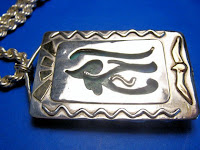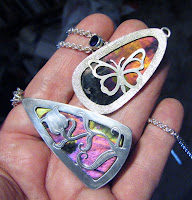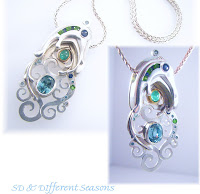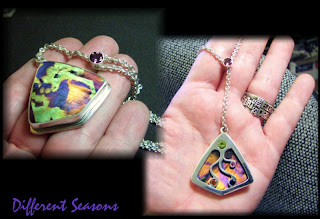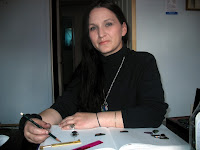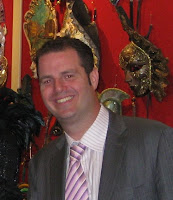
Dror Galili is well-known within the diamond industry as Vice President, Business Development of the leading global diamond group, Almod Diamonds, and as Regional Director of its subsidiary, Almod Namibia. For the past few years, his energy and vision have been instrumental in opening new horizons for Almod Diamonds, ensuring its steady growth and bringing it to the next level.
A native of Israel, Galili is a third generation diamond industry professional. His grandfather was among the pioneers of Israel’s diamond manufacturing. His father Benjamin Galili has been in the trade for over 30 years and owns a wholesale company with branches in Israel and the United States.
Galili was just fifteen when he began working in his father’s Tel-Aviv factory doing everything from administrative tasks to sales and diamond grading. In 2001, when the Galili family established SBM Diamonds in New York, Dror transitioned into management and became one of the entity’s shareholders. Unlike many diamond industry families’ offspring who go straight into the trade, Galili also studied accounting and graduated with honors (Summa Cum Laude) from Adelphi University (BBA) and Baruch College (MS).
The mystique of diamonds remains his focus. “I have lived with diamonds since I was a child. I fell in love with the process of taking the rough, which look just like rocks, and making shiny diamonds out of them.” “These same diamonds,” Galili points out, “are the means by which people commemorate the most important moments of their lives.”
Galili’s extraordinary accomplishments, talent and passion have earned him much respect within the diamond trade. He will certainly remain at the forefront of the international diamond industry as one of its most successful executives and strongest advocates.
How did you get your foot in the door in the “Diamond Industry”?
In 2005, Galili joined Almod Diamonds, which owns the largest Caribbean retail chain, DI Diamonds International. “I started in the CFO’s office as an accountant doing bank reconciliations, consolidations, and financial statement reviews.” But Almod Diamonds’ President, Albert Gad, saw Galili’s greater potential to engage in other areas of the business and to operate on the executive level. Galili became involved with the company’s manufacturing and retail management, as well as working with the team that is overseeing its cooperation with major cruise lines.
What challenges have you faced in this position?
One of his challenging assignments was “to work out Almod’s relationship with DTC and to implement DTC’s Best Practice Principles.” The Diamond Trading Company (DTC) is the rough diamond distribution arm of De Beers and the largest supplier of rough diamonds in the world. Under Galili’s able leadership, Almod Diamonds achieved full compliance with DTC’s rigorous requirements and became one of only 80 DTC’s Sightholders around the world and only 11 NDTC sightholders in Namibia in 2007. This privileged status enables Almod Diamonds to buy rough diamonds directly from the source.
What would you consider your finest achievement to-date?
Galili is one of the Almod team’s significant leaders that is recognized for the company’s most impressive achievements to date, which is the development and promotion of Almod’s in-house proprietary brand – the Crown of Light, a 90-facet premium diamond cut, famous for its extraordinary brilliance. In 2009, only two years since its launch, the Crown of Light has generated nearly $30 million USD in sales due to a great company-wide team work effort which Galili is so proud to be part of. The cut was designed to elicit what Galili calls the “Wow! effect”, an appreciative response by a female consumer to seeing this diamond compared to a standard round brilliant stone. In promoting this new brand, Galili has nurtured vital inroads with companies like MGM and SONY Entertainment, and devised other strategies uncommon and innovative for the diamond industry.
 It seems that you have taken “branding” and Marketing in the Industry to a new level…what are your thoughts on Marketing in the Industry?
It seems that you have taken “branding” and Marketing in the Industry to a new level…what are your thoughts on Marketing in the Industry?
Galili has been a pioneer and a vocal proponent of branding in the context of diamond jewelry marketing. In a world where virtually all consumer products are branded, the diamond industry is still in the process of adopting the brand name approach to marketing. In such circumstances, developing brand awareness among consumers is very difficult. In large part through the talent, vision and persistence that Galili brings to the Crown of Light management team headed by Albert Gad, the Crown of Light success is an extraordinary triumph for Almod.
Galili is very definitive in expressing his views on how diamonds should be marketed. “I would like to transform consumer perception of diamonds and diamond jewelry,” he explains. “With the Rapaport price list and other ways in which we conduct business, diamonds are treated as a commodity, and I think this is faulty logic. Diamond brands should be treated like people treat Luis Vuitton, Prada, Cartier and other luxury brands,” Galili points out. When consumers go to retailers to buy deluxe goods, they are prepared to pay premium prices. As for branded diamonds, many consumers still focus on their price and attempt to bargain over it, instead of considering the guaranteed quality and trusted value represented by the brand. “We hope to affect a shift in paradigm thinking by being part of the conversation with jewelry appraisers and other professionals about properly valuing premium diamonds,” says Galili.
Tell me about the Namibian connection…
Most of the Crown of Light patented diamonds are produced in Namibia. Galili has been in charge of designing and overseeing Almod’s Namibian operation since its inception. In 2007, he and his team secured a sight with NDTC, a joint venture between the Namibian government and De Beers, for the years 2008-2011, and obtained the licensing needed to build a manufacturing facility. Today, Almod’s factory in Windhoek, Namibia is fully operational and employs over 95 people. As a Regional Director of Almod Namibia, Galili also plans to develop a retail network and foster tourism activities in Namibia from other African & European countries.
The contribution of De Beers and its Sightholders in the producing countries through mining and manufacturing activities maintains a strong hold on Galili. “The diamond industry is a powerful force in many countries and in the lives of their people. But its biggest influence lies in Africa. I was very excited to accept the challenge of expanding our efforts into Namibia.”
How is Almod “giving back” to the Nambian Community?
He finds gratification in other aspects of this business besides witnessing the stellar ascent of his company’s favored brand. “I love giving back to the community and positively impacting people’s lives.” Galili found the perfect vehicle for expressing this sentiment – Namibia’s Baby Haven orphanage. This charitable foundation cares for Namibia’s most vulnerable victims: children of HIV-AIDS parents. Through Galili’s persistence and the support of the company’s owners, Almod is partnering with Baby Haven’s cause by delivering practical aid to the children. For Galili, the contrast between children in the States or Israel and these orphans is profound. “If I give a soccer ball or a Frisbee to any kid in America or Israel, it wouldn’t mean much—basically they might expect an iPod. But to see the look in their eyes when we bring those things to the kids at Baby Haven—it’s as if you gave them the world.”
What are your goals in the Industry and beyond?
Galili’s immediate ambition is to broaden Diamonds International brand awareness throughout North Americas launching the global awareness of the DI brand name. His long term goal, however, is to advance the interests of the international diamond community by taking an active role in explaining to consumers what the diamond industry contributes to humanity.
Top Ten Resources
Resources and Influencers that put you on your current track in life….
1. Industry related books: “From Mine to Mistress” by Chaim Even-Zohar; “Diamond Design” by Marcel Tolkowsky; “Secrets of the Gem Trade” by Richard W. Wise
2. Industry related Periodic magazines & journals: Rapaport, JCK, National Jewelers, Modern Jewelers, Gems & Gemology by GIA, newsletters of trade organizations such as JVC, NAJA, DDC, IDMA and more.
3. TV DVDs: Sopranos, 24, 30 Rock
4. Movies: Avatar, GodFather movies, James Bond movies, Gladiator, 300
5. Books: many Holocause related books as I research and investigate many events that relate to the Holocaust as well as volunteer in Non for Profit organizations. I am against genocides of any kind and think that the world should learn from what happened in Nazi Germany so it never happens again to any nation. Some examples: books of award winning New York Times American author,Edwin Black, such as” IBM and the Holocaust”; The “Hitler of History” by John Lukacs; “Ethics and Extermination: Reflections on Nazi…”
by Michael Burleigh.
6. Authors: Dan Brown, Edwin Black, Ram Oren
7. Music: wide range of music that include Israeli, Greek, Latin, American Rock and Pop, Classic, New Age Music
8. Favorite Bands & Singers: ColdPlay, Madonna, Depeche Mode, Mashina (Israeli Band), Ishtar of the Alabina band
9. Apple Computers and Steve Jobs
10. Peter Lik Fine Art Photography
Credit goes to Diana Jarrett for the pulling the information for this interview together and to Mindat and NiceIce for the photos of Diamond Rough.




